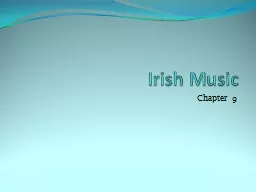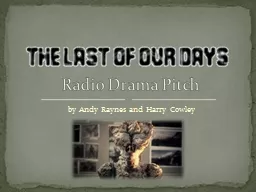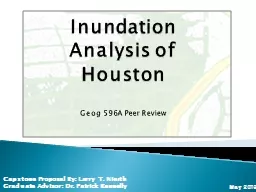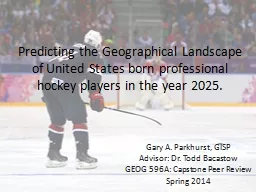PPT-Joel Irish | GEOG 596A
Author : danika-pritchard | Published Date : 2018-12-06
Peer Review Presentation May 5 2014 Crisis Mapping applications of google maps engine Why did I chose this capstone project Crisis Mapping is young Google Maps
Presentation Embed Code
Download Presentation
Download Presentation The PPT/PDF document "Joel Irish | GEOG 596A" is the property of its rightful owner. Permission is granted to download and print the materials on this website for personal, non-commercial use only, and to display it on your personal computer provided you do not modify the materials and that you retain all copyright notices contained in the materials. By downloading content from our website, you accept the terms of this agreement.
Joel Irish | GEOG 596A: Transcript
Download Rules Of Document
"Joel Irish | GEOG 596A"The content belongs to its owner. You may download and print it for personal use, without modification, and keep all copyright notices. By downloading, you agree to these terms.
Related Documents














